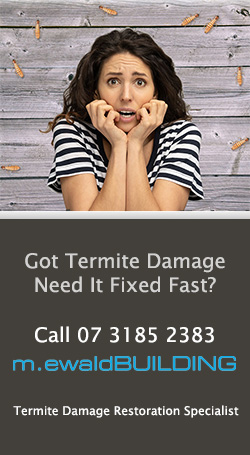Termite damage is one of the most common household repairs, especially in older homes. Termites are wood-eating insects that colonize in damp, decaying wood. They are more of a problem during the warm summer months, but they can cause damage year-round.
If you notice your home is suffering from damage due to termites, the first step in solving the problem is to contact an exterminator. The next step is to fix the area that has been affected by termites. While it may sound easy, it can be difficult to determine what repairs to make. It is important to ensure the affected area has been fixed correctly. Home owners should take note that there are different types of termite problems, and each type requires its own solution.
Termite damage can be categorized into three types: structural, cosmetic, and functional. Structural damage is by far the worst. If termites have made their way into your home’s supporting beams, trim, or floorboards, then chances are they did more than mess up your walls. If you think that you might have structural damage, you should have a professional to evaluate the damage as soon as possible.
Once a termite infestation has been cleaned up from your house, you must address the damage they have caused. The harm may have a significant effect on the house’s structural stability, so it’s best to fix it as soon as possible. This guide will teach you how to fix termite damage so you can feel safe in your house. It’s possible that the fixes will be less difficult than you expect.
If the termite damage is minor, you will be able to fill in the cracks and repair the wood with wood hardeners. You’ll need to choose a wood hardener that’s appropriate for the kind of wood you have and the extent of the damage. Additionally, you might want to use wood sealants to close off oxygen supply of any possible termites. Termite damage to a wooden part is sometime minor enough that it does not require replacement, but serious enough to require assistance. The easiest way to handle those conditions is to install wooden support boards.
If the damage is severe enough that you can see channels in the wood, use wood filler to cover them. It works similarly to wood putty in that it fills in the holes created by termites. Pull the wood out then fill in the gaps with wood filler. Termite damage also includes completely destroyed and chewed-off wooden pieces. When half of a wooden beam has been consumed, there is no feasible way to repair it, then it must be replaced.
Termites rarely do enough damage to make a home uninhabitable, although it is possible if the infestation is left to continue for several years. If you think that you might have structural damage, you should have a professional termite control company evaluate the damage as soon as possible, then you should also contact your home builder to do the repairs.


